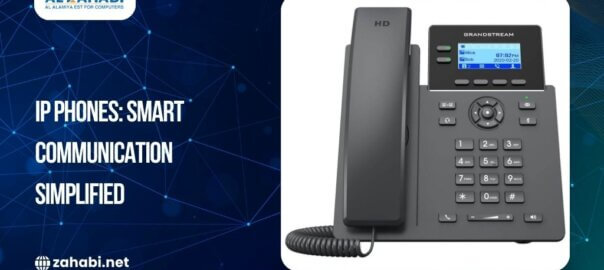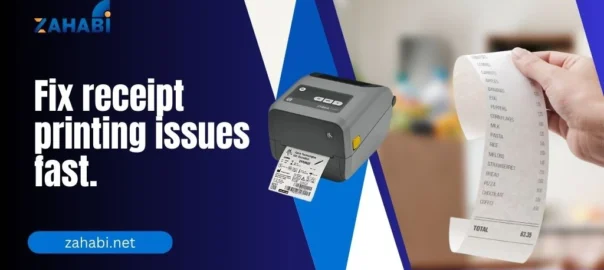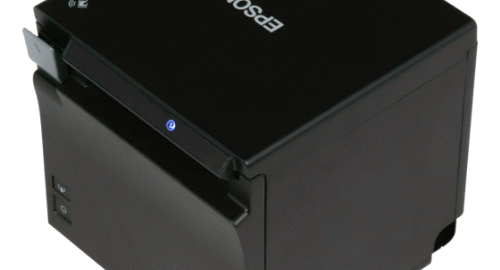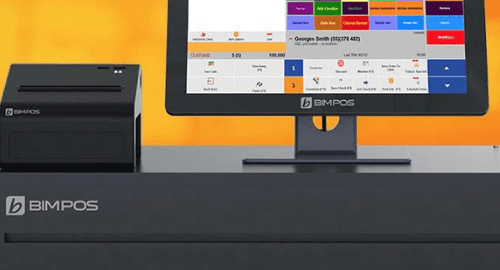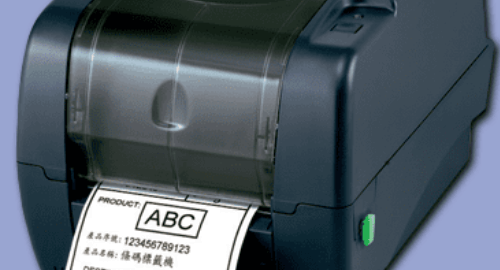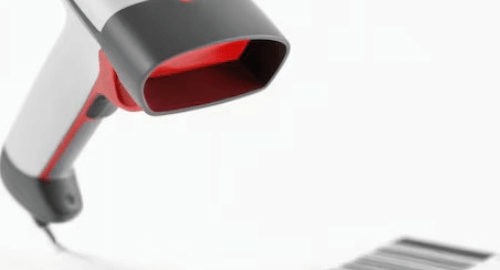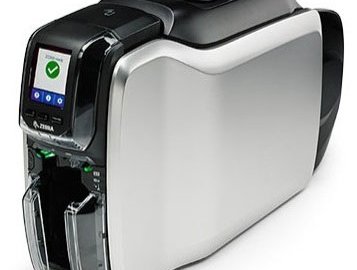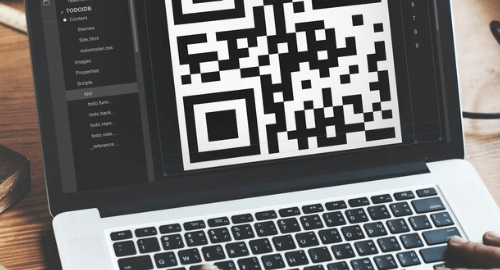
Receipts are essential in personal and business transactions, being evidence of payment and aiding in tracking finances. From the pen and paper used in writing down receipts to digital receipt formats realized through the integration of technology, such as receipt printers in Kuwait and worldwide, receipts have undergone tremendous changes. Understanding what kinds of receipts are available and what they help with can greatly simplify operations and avoid errors whether in managing a business or organizing personal finances.
Here’s an overview of 13 different types of receipts and what they can be used for:
- Bank Transaction Receipts
Bank transaction receipts document transactions that include deposits, withdrawals, and credit card payments. The purpose of these bank or ATM-received receipts is to allow people and businesses to keep records of financial transactions and verify that money is indeed transferred.
- Transaction Receipts
A general term for the receipts that confirm an exchange of goods or services for money. Transaction receipts can be in the form of digital receipts or printed receipts, which are generally used to validate purchases, process returns, or manage business expenses.
- E-Receipts and Digital Receipts
E-receipts and digital receipts are the latest in the advanced technology era.
E-Receipts: Generated in online transactions and sent to customers through email.
Digital Receipts: Represent digital versions of printed receipts and are provided by businesses offering eco-friendly options.
Retailers in Kuwait, equipped with modern receipt printers, often offer customers both options for convenience.
- Purchase Receipts
These receipts detail business-related purchases, such as raw materials or office supplies. They include essential information like transaction date, description of goods, and payment details, making them critical for accounting and tax purposes.
- Reimbursement Receipts
Employees use reimbursement receipts to reclaim expenses incurred for business purposes. Employers need these receipts to validate purchases before reimbursing employees for their out-of-pocket expenses.
- Paper Receipts
Paper receipts, created by cash register tape printers, are a traditional yet reliable way of proving purchase. They are most useful for customers who prefer to have a physical copy or operate in areas where digital uptake is low.
- Business Receipts
These receipts capture transactions between businesses or expenses incurred by a business. Business receipts are invaluable for bookkeeping, tax deductions, and audits, making sure to be transparent and compliant.
- Credit Card Receipts
Voucher receipt is printed on the spot when a purchase is made using a credit card. A receipt of such a transaction entails the amount, date, and cardholder’s information. Kuwait businesses use integrated receipt printers with POS systems to print cash receipts on the spot.
- Cash Receipts
Cash receipts are also issued if purchases are made by cash and contain the amount collected, date of transaction and parties involved. They can be helpful for businesses that use lots of cash transactions to keep track.
- Handwritten Receipts
Independent service providers like electricians or plumbers often use handwritten receipts that handwrite all the details involving the service rendered, amount of payment and other details of the transactions.
- Carbon Copy Receipts
Carbon copy receipts have been widely used in the past to make carbon copies at the time of the transaction. While much less common today, some businesses still use carbon copy receipt books for certain transactions, especially in areas where modern printing solutions are not readily available.
- Invoices
Invoices are receipts issued before payment is made. They include details about the goods or services sold, the terms of payment, and the contact information of the buyer and seller. Businesses may employ invoicing software to make it an automated process for efficient operation.
- Gross Receipts
Gross receipt is the total amount received from sales, before deducting the expenses. This form of receipt is essential to both file tax returns and determine how good the financial health of a company is.
How Receipt Printers Impact Businesses
Receipt printers play an undeniable role within various businesses, especially in an area like Kuwait, serving mixed customers. The latest generation receipt printer simplifies business operations:
- Generating clear, professional receipts instantly.
- Offering digital integration for e-receipts.
- Supporting multilingual printing for local and international customers.
Any retail store, restaurant, or service-based business may rely on a reliable receipt printer in Kuwait for improvement of customer satisfaction and compliance with the regulation regarding finance.
Explore 6 Compelling reasons to invest in label printers for e-commerce.
Conclusion
The physical and digital receipts are considered crucial for maintaining transparency in transactions. They begin from recording purchases to even enabling reimbursement. The 13 different types of receipts discussed here have their unique purposes to suit the businesses and individuals.
Investing in the right tools such as the latest receipt printers in Kuwait can enhance the efficiency and accuracy of your operations ensuring every transaction is documented well and easy to access.

